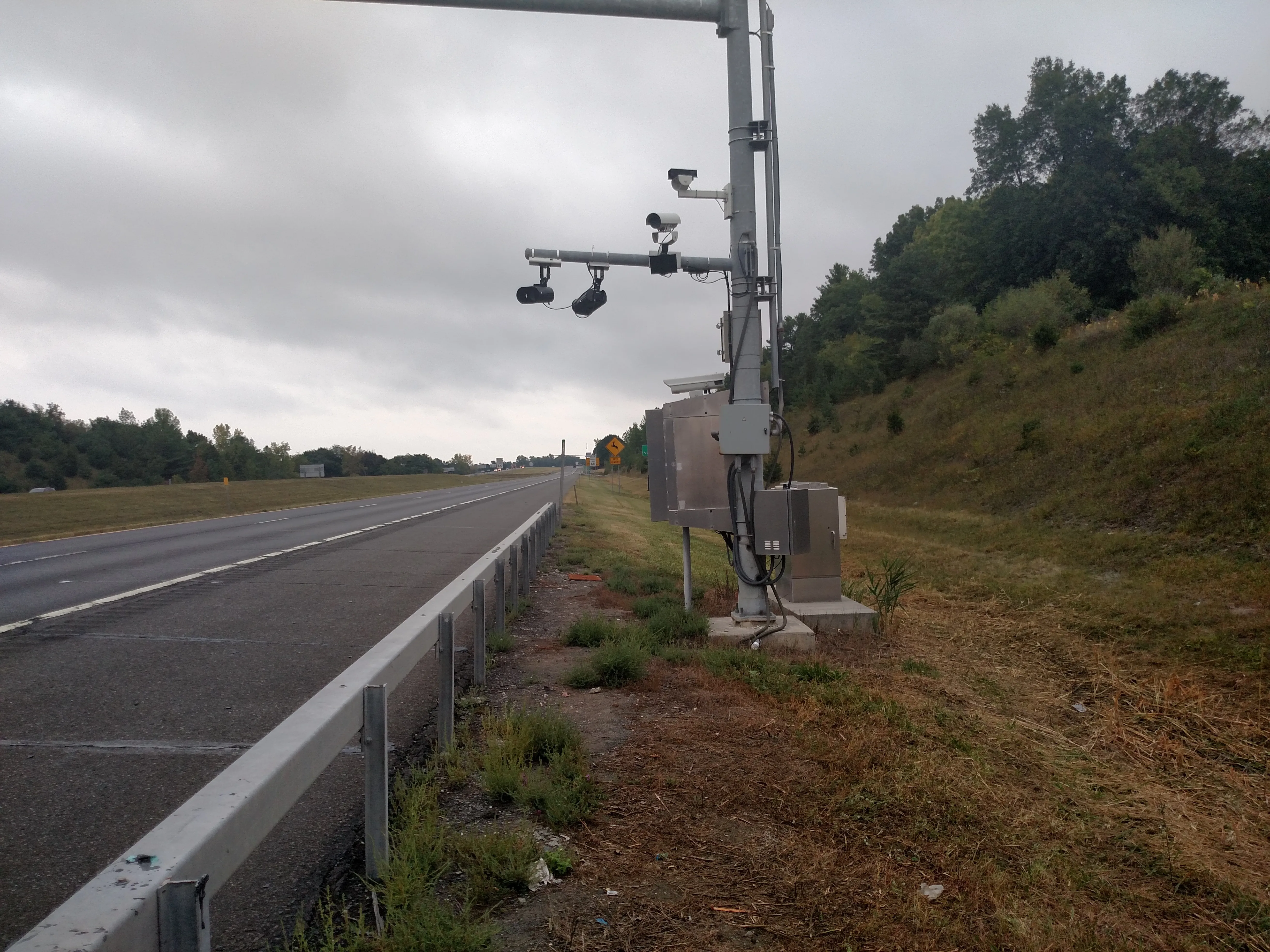
As visitors to Intercomp’s stand will learn, these sensors, which collect wheel, axle, and gross vehicle weights (GVW) for multiple ITS applications, deliver the accuracy, durability, and performance required for applications such as data collection, screening for enforcement, and tolling or gate operations.
Capable of meeting COST A(5) or ASTM 1318 Type III performance, Intercomp says WIM applications can rely on the strain gauge strip sensor to deliver the required data accuracy. In addition to the inherent temperature stability of strain gauge technology, the sensors have low maintenance needs with a weatherproof, fully enclosed sensor design.
“For many years the ITS community has had few choices for WIM technology, and Intercomp has brought an alternative to the marketplace that meets or exceeds the industry’s requirements,” says Clint Bower, director of Intercomp Europe.
“With the sensor installed in a single day within three-inch (75mm) channels cut into pavement, the strain gauge strip sensor can be placed within new sites, or matched with existing electronics and systems. We are proud to offer this solution to the ITS marketplace, and by our successes to date, it would seem the ITS community have welcomed us on board.”










